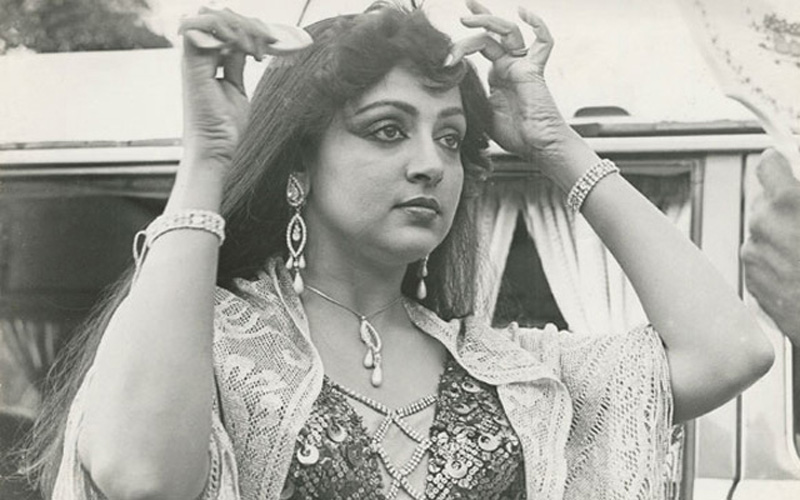By Jitendra Verma
Who will succeed Narendra Modi? There is an unending debate in the media over this issue.
Frankly, there are no chances of anybody succeeding Modi because he is unstoppable. There are all indications that he would be swept to power with even a bigger majority in 2024.
The question of Modi’s successor could arise only after 2029 when he would be nearing 80 or if he himself decides to stick to the RSS-mandated cut-off age of 75 for seniors leaders.
By that time, Rajnath Singh, who is official now Number 2 in the Modi government, would be gone.
Will it be Amit Shah who is the unofficial number 2 in the Modi Cabinet and the party?
The name of UP chief minister Yogi Adiyanath also pops up in media debates. Some consider that Cabinet Minister Nitin Gadkari may emerge as a dark horse whenever Modi’s successor is anointed.
But Modi – who turns 72 in September – is going nowhere. He remains the undisputed king of the party and the Sangh Parivar’s cut-off age of 75 won’t apply to him.
The cut-off age of 75 for all Sangh Parivar offices was introduced by the current RSS chief Mohan Bhagwat when he took over as the Sarsanghchalak in March 2009.
As the current trends in Indian politics show, the BJP might even get over 400 seats under him in 2024.
Modi can continue to be the boss as long as he wish, says Delhi-based political analyst Anil Tyagi. “He is the king and nobody can touch him. He will bring the BJP back to power with a thumping majority,” he says.
About Amit Shah, he says, “He is Modi’s Hanuman. He can be anything but he cannot be Raja.” But considering his political sagacity and his image as `Mr Dependable,’ Amit Shah could be a worthy successor to Modi.
Union Minister Nitin Gadkari, 65, was till now also considered a probable for the top seat. An amiable and efficient Union minister, he is a Maharashtrian Brahmin and very close the RSS. In fact, he was made the BJP president in 2009 at the young age of 52 at the behest of RSS chief Mohan Bhagwat.
At the young age of 50, UP chief minister Adityanath is also being touted as Modi’s successor.
For Sangh Parivar supporters, the saffron-robed monk-turned-chief minister with hardline views has the right Hindutva credentials to be Modi’s successor.
Though Yogi enjoys huge following, it is no secret that he owes his second term to Modi’s charisma for ensuring the party’s victory in the UP Assembly elections in March 2022. Before the assembly elections, there was speculation whether the party would project Yogi as the chief minister.

Yogi had annoyed the Prime Minister by putting his foot down in not elevating former Gujarat-cadre IAS officer Arvind Kumar Sharma as the deputy chief minister. Modi had sent Sharma from Gujarat to UP. Yogi thought Sharma had been sent to Lucknow to checkmate him.
Yogi’s future prospects depend on his performance in his second-term and the results of the 2024 parliamentary elections as UP sends MPs to the Los Sabha.
As for Modi, he is not only a strong leader in his own right but he also has the total support of RSS chief Mohan Bhagwat. As a young RSS pracharak in Gujarat , Modi worked with Bhagwat’s father Madhukarrao who was a pracharak in Gujarat. “In fact, Modi stayed with Bhagwat’s father in Gujarat,” says journalist Anil Tyagi.
Modi’s RSS background and his proximity to the Bhagwat family explains his unassailable position in the BJP – and India – today.
Modi’s ascendancy began in the BJP actually began in 2005 when the RSS asked the BJP’s second-in-command L.K. Advani to resign as the BJP president for praising Pakistan founder Mohammad Ali Jinnah during his visit to Pakistan.
Just one parliamentary election later, Modi became the RSS choice to lead the BJP in the 2014 election with the slogan: Abki baar Modi sarkar.
Moreover, 2014 was ripe for the BJP to seize power as multiple scandals involving members of the Manmohan Singh-led Congress government had dented its image.
It could be the last time when the Congress ruled India as the party’c fortunes have slipped rapidly since then.








